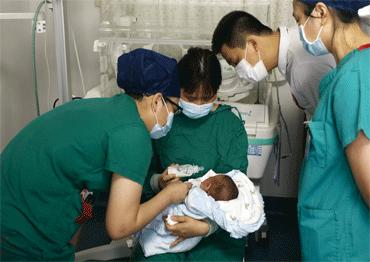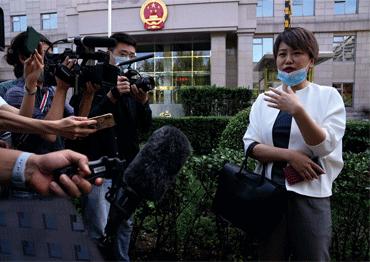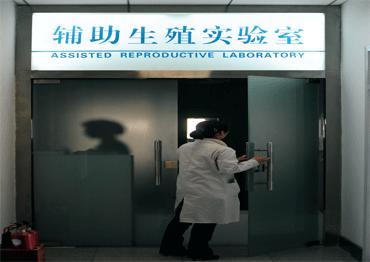In a document issued in 1992, China’s former Labor and Social Insurance Ministry said infertility treatments are not covered. But official attitudes have changed, particularly against the backdrop of the decline in population growth.
According to China’s National Bureau of Statistics (NBS), the number of newborns has seen a sharp decline since 2000. This has been especially marked since 2018 after a small birth boom in 2016 and 2017 prompted by the second-child policy petered out. The NBS said there were 10.62 million babies born in 2021, 1.38 million less than in 2020 and 4.61 million less than in 2018. China’s net population growth in 2021 was only 480,000, 1.56 million less than in 2020. Meanwhile, the number of women aged between 21-35, the most fertile age bracket, dropped by 3 million in 2021 compared to 2020.
In May 2020, China allowed couples to have three children. But as local governments rushed to launch policies to encourage births, observers found young people were even reluctant to marry, let alone have a child.
Data from China’s Ministry of Civil Affairs showed that marriages dropped from 13.47 million in 2013 to 8.13 million in 2020. Li Yue and Zhang Xuying, two researchers at the China Population and Development Research Center, published a thesis in Population Journal in July 2021 which found that the age at which Chinese women married for the first time increased by 2.7 years on average between 2006 and 2016, which means giving birth even later, one of reasons behind the growing infertility rate.
Another issue is the increasing number of abortions. According to China’s National Health Commission, there were more than 9 million abortions in 2018, with 40 percent in people under 24 years old. Physician Li Junguo warned that abortion may cause sterility.
In October 2020, China’s National Healthcare Security Administration responded to a National People’s Congress (NPC) proposal on including ART into medical social insurance, saying it believed the country was not ready. But some provinces like Zhejiang and Jiangxi have subsidized ART for families whose only child had died.
The Administration’s attitude softened just one year later when responding to a similar NPC proposal, saying that ovulation stimulation drugs would be covered and it will consider gradually covering safe and mature ARTs whose cost is controllable. Beijing’s latest policy is seen as a breakthrough in this regard.
“Beijing women get married for the first time on average three years later than the national average,” Wang Guangzhou, a researcher at the Institute of Population and Labor Economics, Chinese Academy of Social Sciences, told NewsChina, adding that Beijing’s infertility rate has risen from less than 0.3 percent to more than 3 percent.
“It’s just a matter of time before ART is covered by insurance everywhere. There might only be differences in what is covered and how much they decide to reimburse,” Wang said.
According to Health Insight, a medical care news column under news portal Sina China, Shanghai and some other cities are considering whether to follow Beijing’s lead.
Given the high and unpredictable costs of ART, the biggest concern is whether local authorities can afford it.
Beijing has not yet issued detailed rules on reimbursement, including how many rounds of treatment one person can receive, or whether there is an age limit. The success of ART in people over 45 is very low, experts said.
“We were a bit surprised at Beijing’s new policy,” an insider who is close to the local medical insurance bureau of Shanghai told Health Insight on condition of anonymity. “If the quarterly report for Beijing’s medical insurance is fine after the policy is implemented, it may be promoted nationwide... But it does increase the financial pressure on local medical insurance, given ART’s high cost, so local governments may limit which hospitals and clinics can accept the insurance,” he added.
Media reported that at least 18 hospitals or clinics in Beijing are permitted to offer ART, but Beijing Medical Insurance Bureau’s statement only listed 15 that were covered by the new insurance rules.

 Old Version
Old Version


